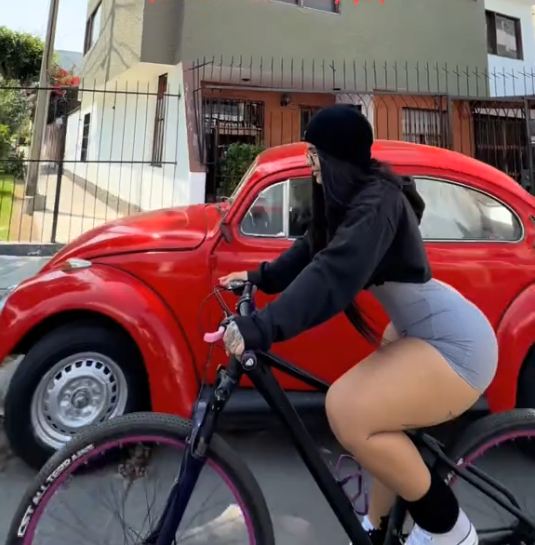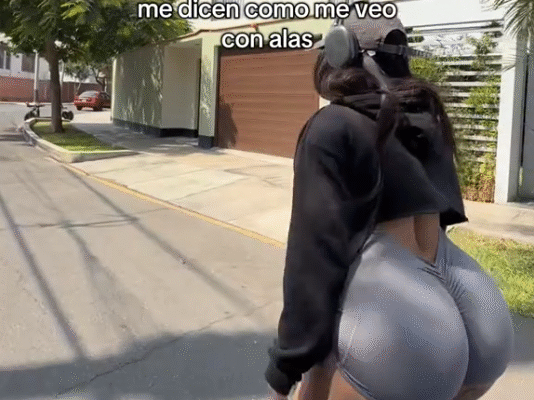Skating is a thrilling and liberating activity enjoyed by people of all ages across the world. Whether it’s skateboarding down a city street, gliding through a park on roller skates, or racing with friends on inline skates, the joy of skating comes from a blend of balance, movement, and control. But for beginners, learning how to skate can seem intimidating. Fortunately, with the right approach, anyone can learn to skate safely and confidently.

Step 1: Choose Your Type of Skating
Before stepping onto any kind of skates, you need to decide which type of skating you’re interested in. The most common options are:
- Skateboarding: Involves a board with four wheels used for tricks, cruising, or transportation.
- Roller Skating: Uses skates with four wheels arranged in a rectangle (quad skates).
- Inline Skating: Uses skates with wheels arranged in a single line (often called Rollerblading).
Each has its unique learning curve and equipment, but the fundamental skills—balance, coordination, and body awareness—are shared.
Step 2: Gear Up for Safety
Before you begin skating, safety should be your top priority. Always wear the following protective gear:
- Helmet: Protects your head from serious injury in case of a fall.
- Knee Pads: Helps cushion your knees when falling forward.
- Elbow Pads: Protects your elbows during sideways or forward falls.
- Wrist Guards: Prevents wrist injuries, which are common in falls.
Proper footwear is also important. Make sure your shoes or skates are snug and supportive. Loose shoes or improperly fitted skates can lead to discomfort or injury.
Step 3: Find the Right Environment
Learning to skate requires a safe and open environment. Look for:
- Smooth, flat surfaces like tennis courts, basketball courts, or empty parking lots.
- Minimal traffic and few obstacles.
- Preferably a quiet area so you can focus and practice freely.
Avoid hills, wet surfaces, or areas with gravel or debris as these can make it harder to learn and increase your chances of falling.

Step 4: Learn the Basic Stance
No matter what type of skate you’re using, your stance is crucial for balance and control. Here’s how to find a stable stance:
- Feet shoulder-width apart.
- Knees slightly bent to absorb shocks and help with balance.
- Back straight, and arms out for balance.
Most beginners skate with their left foot forward (called regular stance), but if you’re more comfortable with your right foot forward, that’s called goofy stance. Try both to see which feels more natural.
Step 5: Practice Balancing
Before you start moving, get used to just standing and balancing on your skates or skateboard. Practice:
- Rocking gently from side to side.
- Shifting your weight between your feet.
- Bending your knees slightly and standing up straight repeatedly.
Once you feel comfortable standing, try small movements like rolling an inch or two or turning slightly to get used to the feel of your skates.

Step 6: Learn to Move
For Skateboarding:
- Start with one foot on the board and push off with the other.
- Once moving, place your back foot on the board and balance.
- Practice “pushing” until it becomes a smooth motion.
For Roller or Inline Skating:
- Begin by marching or taking small steps.
- Push off with one foot while the other glides.
- Use your arms for balance, and keep knees bent.
Progress slowly and build confidence. The goal is to maintain a steady pace without wobbling.
Step 7: Learn to Stop
Stopping is just as important as starting. Here’s how:
Skateboarding:
- Use your back foot to drag on the ground (foot brake).
- Practice shifting your weight safely as you stop.
Roller Skating (quad):
- Use the toe stop: Point your toe down and drag it gently behind you.
- Or practice a T-stop: Turn one foot sideways and drag it behind the other.
Inline Skating:
- Most inline skates have a heel brake on one skate.
- Tilt the braking foot forward so the heel brake touches the ground.
Stopping techniques require practice. Don’t skip this step—it builds confidence and prevents injuries.
Step 8: Turn and Maneuver
Once you’re comfortable moving and stopping, you can learn to turn:
- Use your shoulders and hips to guide your direction.
- Look in the direction you want to turn—your body follows your eyes.
- For sharper turns, try “carving,” which involves leaning into the turn while maintaining momentum.
Skateboarding:
- Use “kickturns” by lifting the front of the board and pivoting on the back wheels.
- Learn how to “carve” by leaning side to side while riding.
Roller and Inline Skating:
- Lean slightly in the direction you want to go.
- Use crossovers for more advanced cornering, especially around curves.

Step 9: Practice Falling Safely
Falling is part of learning. Practice falling correctly to avoid injury:
- Try to fall forward on your pads (knees and elbows), not backward.
- Tuck your chin and avoid using your hands to break a fall.
- Learn how to roll or slide to reduce impact.
Being mentally prepared for falls will make you more confident and less afraid.
Step 10: Keep Practicing
Like any sport, skating improves with consistent practice. Set small goals and celebrate progress. Try things like:
- Rolling longer distances.
- Improving your balance on one foot.
- Learning simple tricks or techniques.
The key is patience and perseverance. Every skater was a beginner once.
Tips for Success
- Watch Tutorials: There are countless free videos online for learning skating techniques and tricks.
- Skate with Friends: Skating with others can be encouraging and more fun.
- Join a Skating Group or Class: Many communities have local skate clubs that welcome beginners.
- Maintain Your Gear: Keep wheels clean, bearings lubricated, and skates or boards in good condition.
- Stay Positive: Progress may be slow at first, but every step forward counts.
Final Thoughts
Learning how to skate can be one of the most rewarding and exhilarating experiences. It improves balance, boosts confidence, and offers a fantastic way to stay active. Whether you’re aiming to cruise the boardwalk, commute to work, or just enjoy some fun in the park, the journey starts with those first wobbly steps. With time, patience, and persistence, you’ll be skating smoothly and confidently before you know it.
So strap on your gear, find a flat spot, and start rolling—your skating journey awaits!



